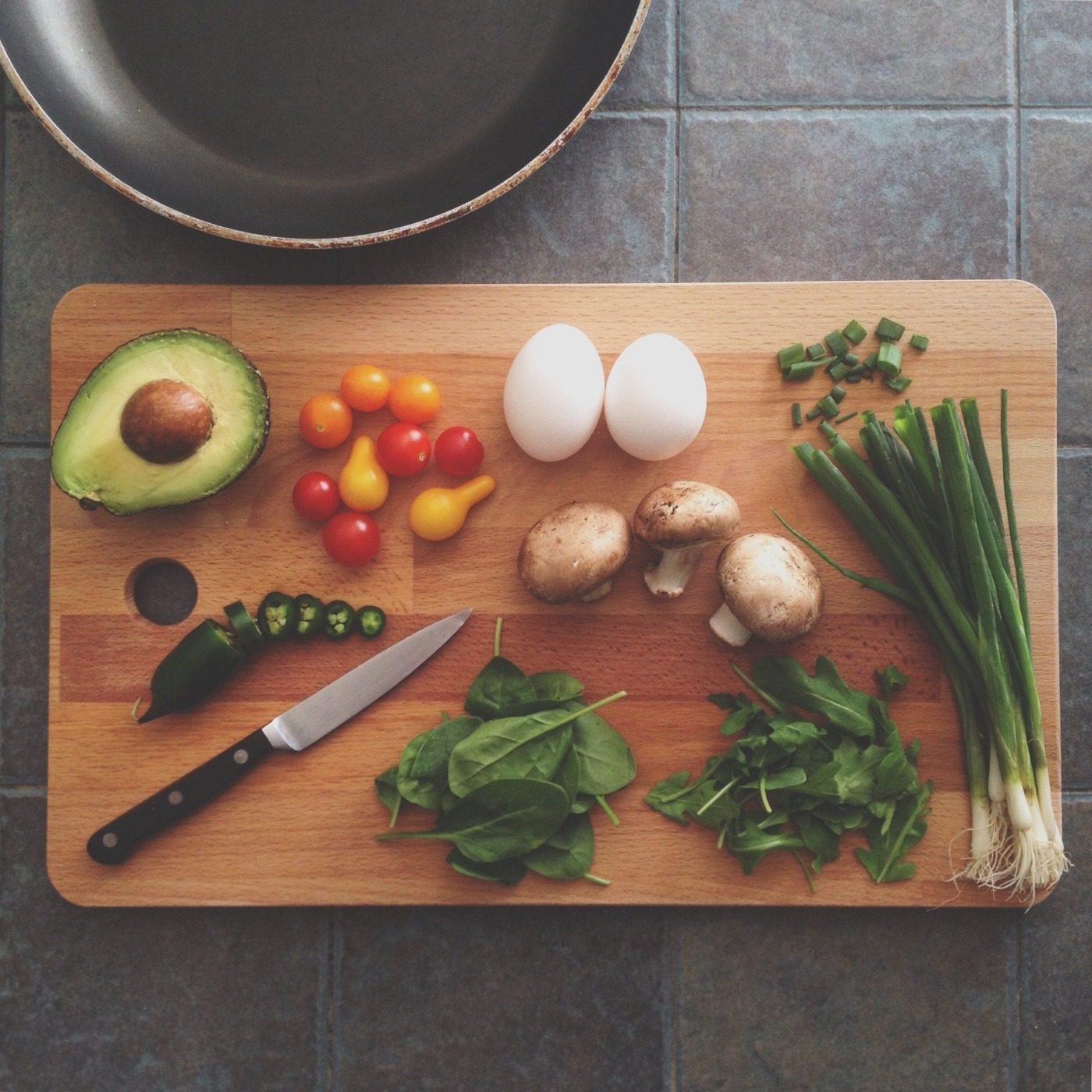Nutritionists develop guide on portion sizes in an attempt to tackle growing obesity levels
Nutritional advice from public health experts and ministers has typically focused on the levels of sugar, saturated fat, and salt we eat and ways of reducing this. Little attention has been paid to how much food we actually eat and our portion sizes. Bridget Benelam, a nutritional scientist with the British Nutrition Foundation (BNF), suggests that “the amount we put on our plate typically depends on the portion size we are used to consuming, how hungry we feel and how much is offered as a helping at a restaurant table or in a packet or ready meal.”
The BNF has therefore developed a new guide to help target the growing obesity crisis and provide advice on how much we should be eating in order to stay healthy. The guide warns that we eat too much without realising and works alongside existing advice about what sorts of foods we should be eating, as well as how much of them.
The guide warns that we eat too much without realising
To maintain a healthy diet of around 2000 calories for women and 2500 for men, a careful balance of carbohydrates, protein, dairy, fruit and vegetables, and oil/spreads is advised in these quantities:
- 5+ servings of fruit and veg
- 3-4 servings of starchy carbs such as potatoes, bread, pasta or rice
- 2-3 servings of both protein and dairy
The portion size of some foods, such as fruit, are easier to work out than others – an apple or banana, for example, is one portion. However, calculating the correct portion size of rice or pasta is much more tricky. While the BNF suggests a portion should be 65g-75g dry weight – or 180g cooked – portions of carbs tend to vary from recipe to recipe. We’re also more likely to guesstimate how much we think a portion should be when we’re cooking, with many of us throwing a few handfuls into the pan and hoping for the best. Benelam reports that the most commonly consumed portion size for cooked spaghetti, for example, was 230g, with some people eating up to 350g in one sitting.
In case you don’t fancy getting the kitchen scales out every day, the guide also offers portion sizes in spoon and hand measurements. Portions of protein such as grilled chicken, cooked salmon fillet or cooked steak should be around half the size of your hand, taking into account that larger adults with bigger adults will, therefore, need larger portions. Most fruits can be easily counted, such as the recommended seven strawberries or two satsumas, with vegetables such as carrots and peas coming in around three heaped serving spoons.
Portions of protein such as grilled chicken, cooked salmon fillet or cooked steak should be around half the size of your hand
If you’re wondering where treats come into this, the guide suggests they should be small and not too frequent. Examples include a small bag of crisps and four small squares of chocolate – just 20g in weight. Even snacks that we usually think of as being nutritious need to be measured, as the guide recommends just two tablespoons of reduced fat hummus or 20g of nuts and seeds.
This new guide reminds us that health isn’t only about the nutrients we’re eating. Too much of even a good thing can be a problem when it comes to food, and it’s important to consider how much we’re eating. The guide lays out clearly how much we should be eating of different types of food and how to assess servings using just our hands or spoons. With obesity levels ever increasing, this simple and easily accessible approach is a great start in encouraging us to be more mindful of our portion sizes.

Comments